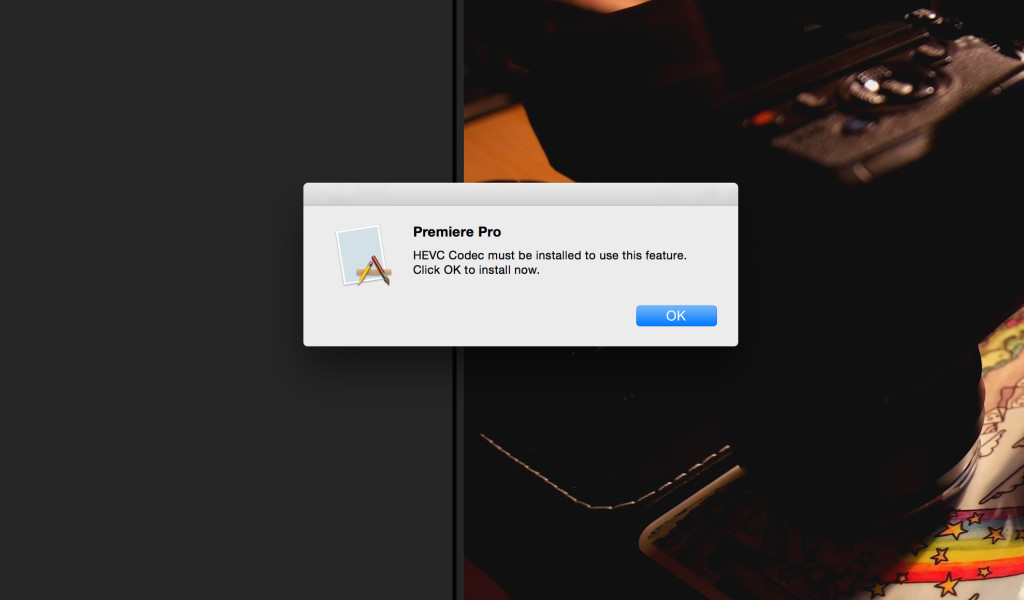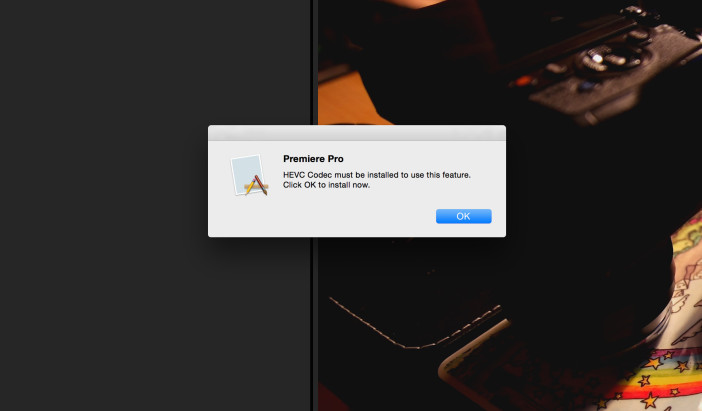
Samsung NX1 users are in for a treat with the latest release of Adobe Premiere CC. The NLE has been updated with hardware accelerated 4K H.265 (HVEC) support. This means NX1 users no longer have to transcode clips to an editable format like ProRes.
I have just tried out H.265 support in Premiere, so a brief word on this now…
First a note about hardware. I am running Mac OS X on a PC with Nvidia GTX 970.
H.265 is demanding on the GPU and I have not tried it on my Macbook Pro yet.
For me the official Mac route with the new Mac Pro wasn’t very attractive and not just due to the pricing. I have no idea if the mediocre ATI cards in the Mac Pro have built in hardware support for H.265 like the latest Nvidia 9xx cards.
So on performance I can only speak for the GTX 970 for now. This is a £250 card, so certainly not the most expensive.
Playback of the NX1’s 4K H.265 on the timeline is snappy and responsive. Realtime. Only very occasional lagging, mainly when you scrub the playhead around a lot. So in this respect it behaves EXACTLY like 4K H.264 from the GH4. This makes the NX1 a whole lot easier to work with as you no longer need to transcode to ProRes and pad out your hard drive with the larger file sizes.
You can of course set the Premiere timeline monitor to 1/2 or 1/4 for even smoother playback.
Clips import almost instantly, again the same as with H.264.
All in all the H.265 codec is beginning to show the advantages it was designed for. Files sizes for 4K on the NX1 are closer to the 1080p file sizes from some cameras. Image quality is superb and when I overlaid the ProRes 422 file converted in EditReady from H.265 over the original H.265 file in Premiere, image quality was identical between the two. It seems Adobe have cut no corners in delivering great H.265 performance in Premiere considering this is the first roll out.
Even more of a surprise is that Premiere handles the 120fps H.265 files out of the NX1 without a hitch. These are full 1080p and even at the high frame rate posed no issue in the edit. These can be conformed to 24p for slow-mo either in-camera or in post.
You can read more user experiences of the codec on a range of hardware, by glancing at the EOSHD forum thread below.





